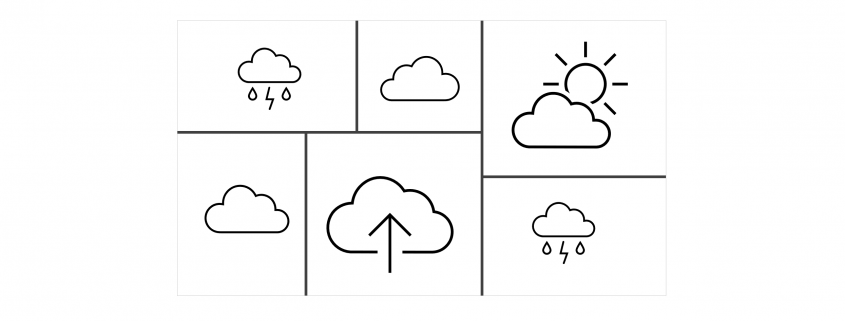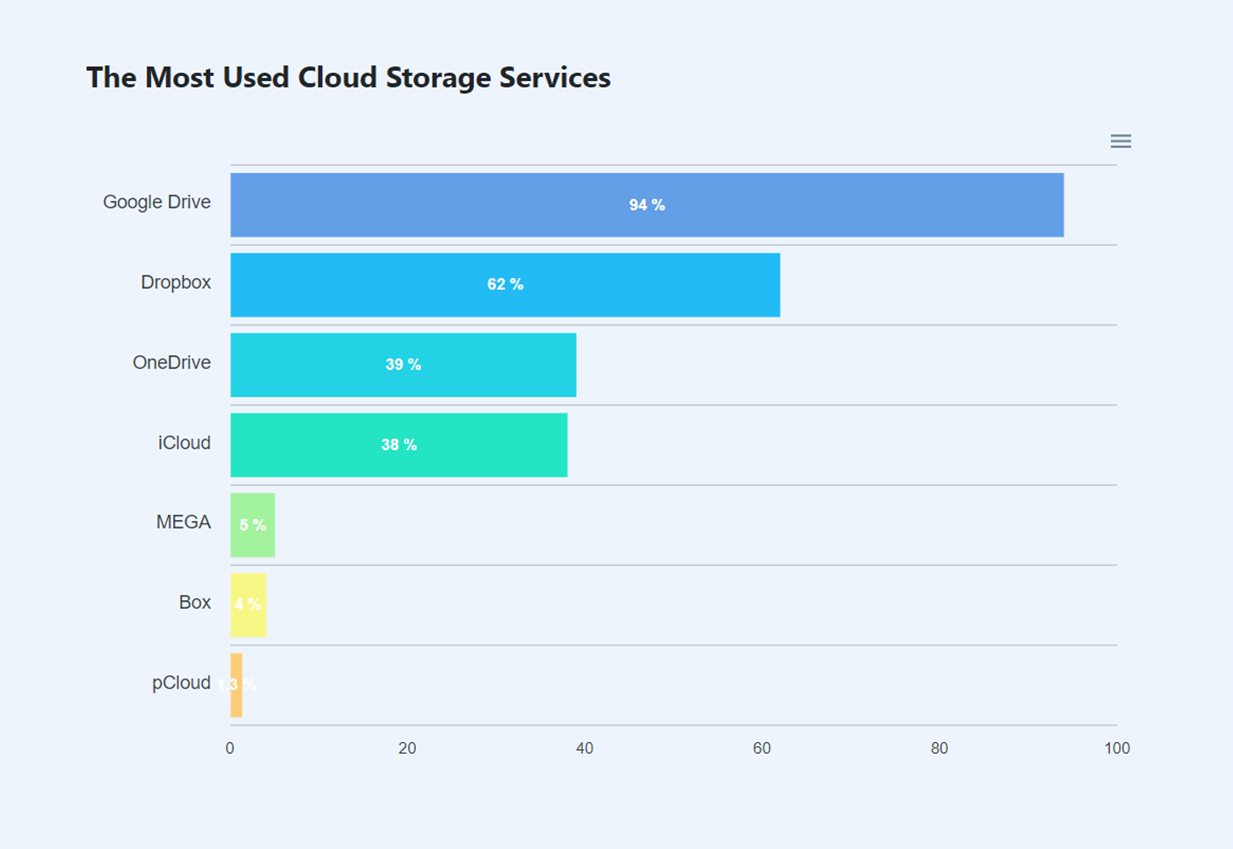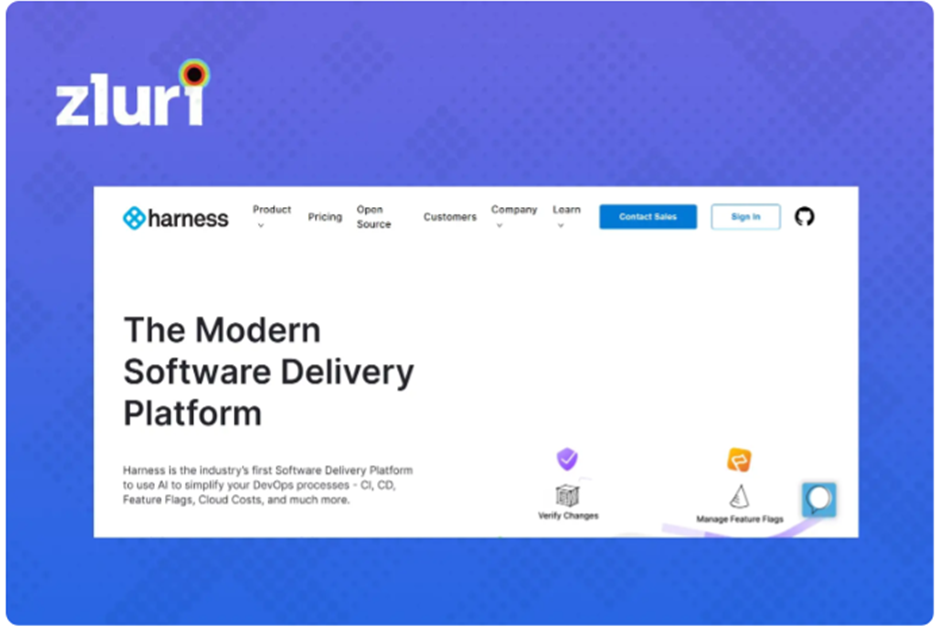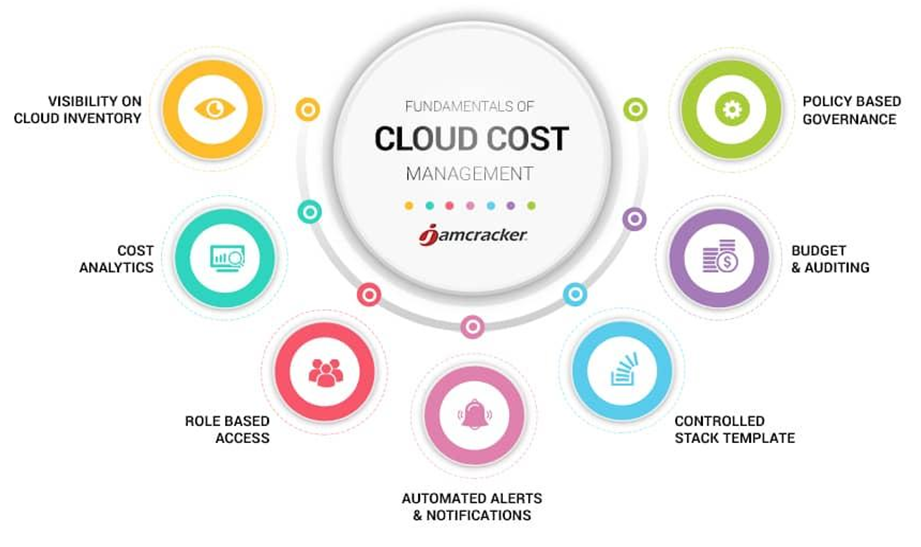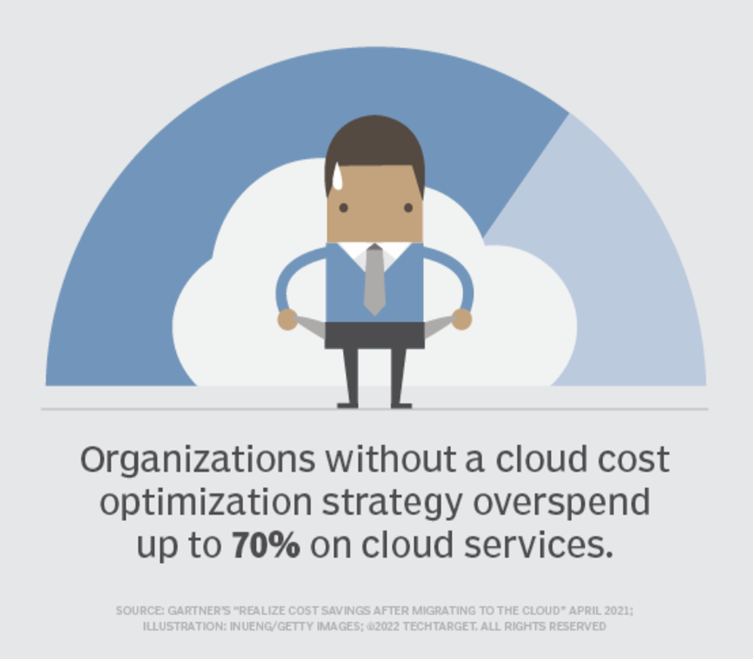5G Is Here – Now What?
Before 5G began to roll out, people had questions and theories about it, especially since its popularity coincided in part with COVID-19.
What is 5G? How does 5G work? Will I get sick from coming close to it? These are some of the questions people asked. While some believed it endangers human health, others couldn’t wait to get the best of what it offers.
It is now 2022, and though 5G is being rolled out in different parts of the world, scientists continuously monitor the technology. They have assured users it’s the same as previous networks but faster and more efficient. Its ultra-reliable low-latency communication (URLLC) makes it 250 times faster in processing requests than humans.
For health care professionals, 5G’s technical attributes are an advantage to telehealth, remote surgery, transferring large medical files, and many other medical procedures to treat and support patients. By 2025, 5G is expected to have impacted the economy by driving up to $2.0 trillion in total gross output in Europe alone and creating up to 20 million jobs.
5G Advantages: What Difference Does It Make?
With a speed 100 times faster than 4G, 5G will make a huge difference in internet connectivity, leading to shorter loading times and quick completion of tasks. The world is highly dependent on technology and connectivity – with 5G, there will be a significant improvement in mobile broadband service quality.
Below are some of 5G’s advantages to expect in 2022 and beyond:
- Energy savings. Unlike 4G LTE, 5G introduced a new standard called 5G New Radio (NR). 5G NR offers adaptable numerology and has the best features of LTE. However, one of the features that sets it apart from 4G LTE is the increased energy savings for devices using it.
- Reduced latency. 5G URLLC is the most significant feature that makes 5G superior to other networks before it. URLLC offers increased reliability and reduced latency using a novel radio access technology (RAT). These features are the reason why 5G is fast, efficient, and reliable.
- Higher frequency bands. Aside from the URLLC feature that makes it extremely fast, 5G uses a system of cellular installations that divide their network territories into sectors and use radio frequencies to exchange encoded data. This speeds up the process of encoding data.
- Supports complex applications. 5G can support complex applications that enable the maintenance of self-operating machines and artificial intelligence (AI). As a result, companies are looking to build 5G-based smart factories that will allow the collection of massive amounts of data and substantially reduce manual labor requirements.
- Disaster management. Integrated access and backhauling (IAB) is another new feature of 5G. This feature can be used in disaster management by enabling temporary, ad hoc IAB nodes.
5G and Artificial Intelligence
5G is expected to be available in every part of the world by 2025, and so is AI. The high speeds and low latency with which 5G operates would prove extremely efficient if combined with robots and cobots (collaborative robots) that use artificial intelligence.
Since AI is the foundation of an intelligent 5G network, these two systems will work together to process even faster and smarter information requests. Network operators can take advantage of AI in a 5G world to explore new services and improve existing ones.
5G Disadvantages You Need to Know
Just as there are pros to 5G, there are some potential downsides. Below are some disadvantages of 5G:
- The improvement of technology also means there are new cybercrimes. 5G enables omnipresent computing in home and industrial settings, which raises cybersecurity requirements.
- Limited rollout. 5G is being rolled out, but it will take time before it gets to every part of the world. As of 2022, the S. and China are far ahead of other countries in their 5G rollouts in 2022.
- Obstruction issues. Even when 5G is active, obstructions like trees, tall buildings, and construction may limit the reach of 5G signals. Organizations may have to build many more cellular 5G towers than 4G towers in order to achieve the desired coverage.
- Outdated devices. Existing devices may not support 5G and could become obsolete. Consequently, individuals who own devices that do not support 5G may have to discard them and get the latest ones in order to enjoy the benefits of the network.
What’s Next for 5G?
Though many countries have yet to enjoy the benefits of 5G, the network is already impacting advanced technologies like artificial intelligence and machine learning. A total of 204.6 million 5G connections are expected to be established by 2023.
The advantages of 5G outweigh its disadvantages. 5G will benefit many industries like retail, manufacturing, health care, and other sectors like customer service when it fully rolls out worldwide.

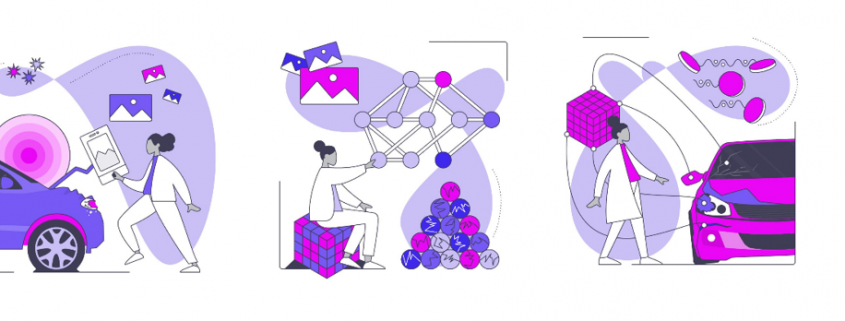

 DATANOMIQ is the independent consulting and service partner for business intelligence, process mining and data science. We are opening up the diverse possibilities offered by big data and artificial intelligence in all areas of the value chain. We rely on the best minds and the most comprehensive method and technology portfolio for the use of data for business optimization.
DATANOMIQ is the independent consulting and service partner for business intelligence, process mining and data science. We are opening up the diverse possibilities offered by big data and artificial intelligence in all areas of the value chain. We rely on the best minds and the most comprehensive method and technology portfolio for the use of data for business optimization.